
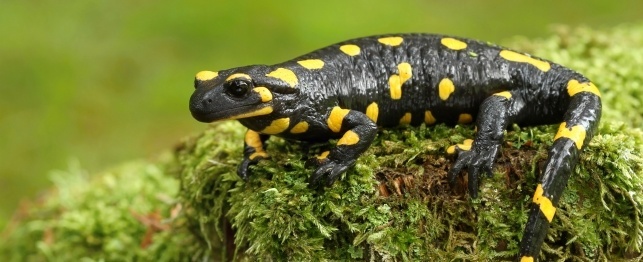
Reptiles
Spotted salamanders are ideal inhabitants for the intricately planted woodland terrarium, for they disturb almost nothing. These 6-inch long salamanders eat earthworms and burrowing grubs, and if their terrarium is set up to best advantage, you will seldom see them. They should not be handled except for moving them when the terrarium substrate is being replaced.
Provided that you maintain proper terrarium cleanliness and coolness, spotted salamanders are quite easily kept. But they are probably a species for moderately advanced hobbyists who are not obsessed with handling, or even seeing their terrarium creatures. They generally cost about $10, and are available, particularly in spring, at pet shops and, more reliably, through specialty reptile dealers.
Spotted salamanders, Ambystoma maculatum, are woodland dwellers of the eastern United States and southeastern Canada. They are not captive bred, but are collected from breeding ponds. The record captive life span for the spotted salamander is more than 7 years, but there are anecdotal accounts of spotted salamanders living for more than 15 years.
The largest of the ambystomatid salamanders, the tiger salamander, attains a length of about a foot. The spotted salamander is just over half that size. A hefty example is about the diameter of a thumb. Females, especially when developing eggs (gravid), are slightly the heftier sex.
Spotted salamanders have vivid yellow to yellow-green spots that are distinctive against a black ground color. The ground color is darkest dorsally. The lower sides may be gray and the back is blackish. There is a single, often irregular, line of yellowish spots along each side of the body. The head spots are often orange. The tail is vertically compressed and is nearly as long as the head and body.
Although they are usually inactive and move slowly, spotted salamanders are capable of executing short bursts of speed and are quite adept at climbing the corners or even the sides of their tank. Generally, though, they burrow, live underground and are very secretive. Even where abundant, they may be difficult to find. On the rare occasion when spotted salamanders do surface, they do so under the cover of darkness. They may emerge from underground during the passage of a low-pressure weather system, especially if you sprinkle the terrarium copiously with water when the barometric pressure is falling.
In captivity, these salamanders can be kept communally. A 10- or 15-gallon terrarium tank will suffice for two or three salamanders. They require a moist microhabitat. The preferred temperature range for the terrarium is 60 to 75 degrees Fahrenheit. Substrate freshness is the key to good health and long life for these salamanders.
The diet of the spotted salamander in the wild consists of worms, probably grubs, and almost certainly other burrowing creatures as well. Captives may learn to eat crickets and mealworms but almost invariably prefer earthworms and the occasional burrowing grub.
If at some time there is a need to handle the salamander, wash your hands first. The moist skin of the spotted salamander quickly absorbs impurities from either the substrate, or your hands, and many things routinely used by humans can be quickly fatal to the salamander. These include (but are not limited to) soaps, perfumes, cleaning agents, insecticides, hand creams and insect repellents.
You should also wash your hands thoroughly after handling your salamander or working in its terrarium. The salamander's skin pores exude predator-deterring noxious glandular secretions. All amphibians do this. In the salamander's case, the secretions will not harm you unless you rub your eyes or put your hand in your mouth after touching the animal. Then, the secretions will cause irritation. You should also wash your hands to protect yourself from the possibility of contracting Salmonella, a bacteria that is often carried by reptiles and amphibians and which can cause illness in humans.
Very little is known about the medical aspects of salamanders. Fortunately, if kept cool, clean and amply fed they are very hardy and trouble free.
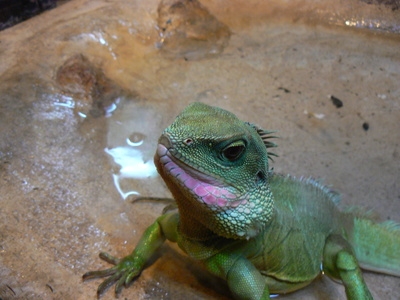 Homemade Reptile Egg Incubator
Homemade Reptile Egg Incubator
Homemad
Homemade Reptile Egg Incubator
Homemade Reptile Egg Incubator
Homemad
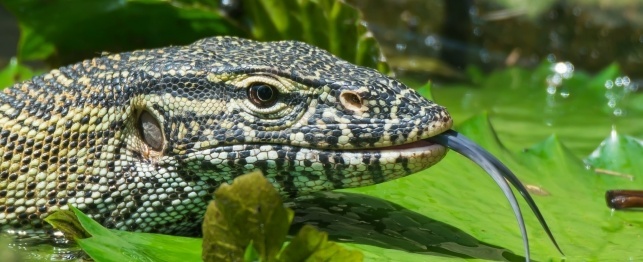 Choosing a Nile Monitor
Choosing a Nile Monitor
Choosing a Nile Monitor
Choosing a Nile Monitor
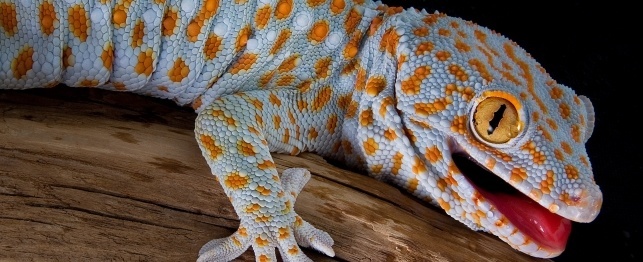 Choosing a Tokay Gecko
Choosing a Tokay Gecko
Choosing a Tokay Gecko
Choosing a Tokay Gecko
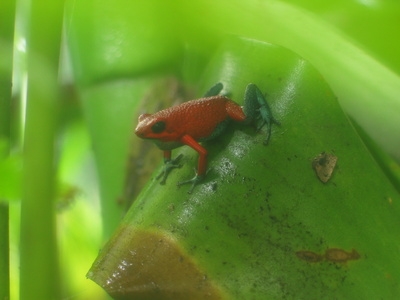 How to Build a Terrarium for a Reptile
How to Build a Terrarium for a Reptile
How to Build a Terrarium for a Reptile
How to Build a Terrarium for a Reptile
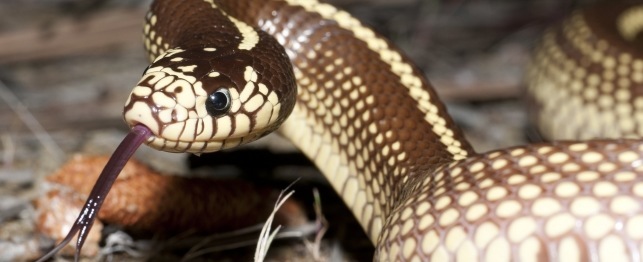 Choosing a California Kingsnake
Choosing a California Kingsnake
Choosing a California Kingsnake
Choosing a California Kingsnake
Copyright © 2005-2016 Pet Information All Rights Reserved
Contact us: www162date@outlook.com